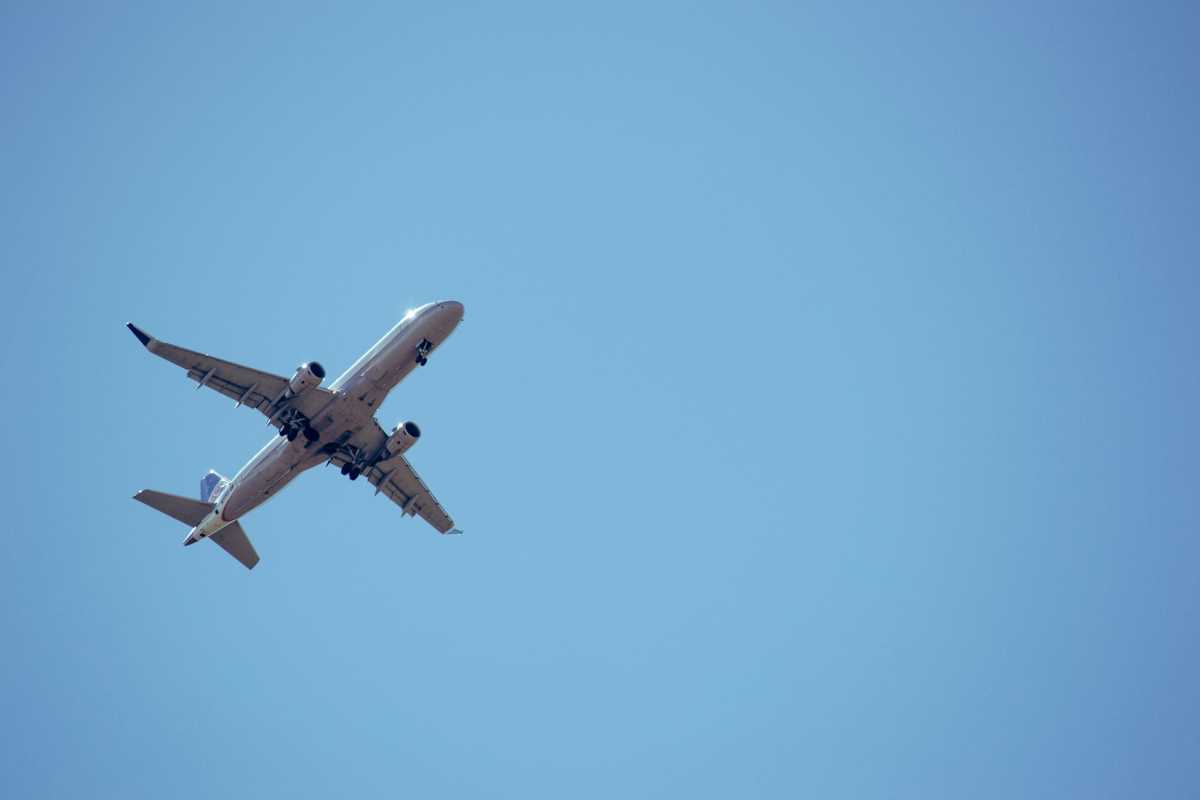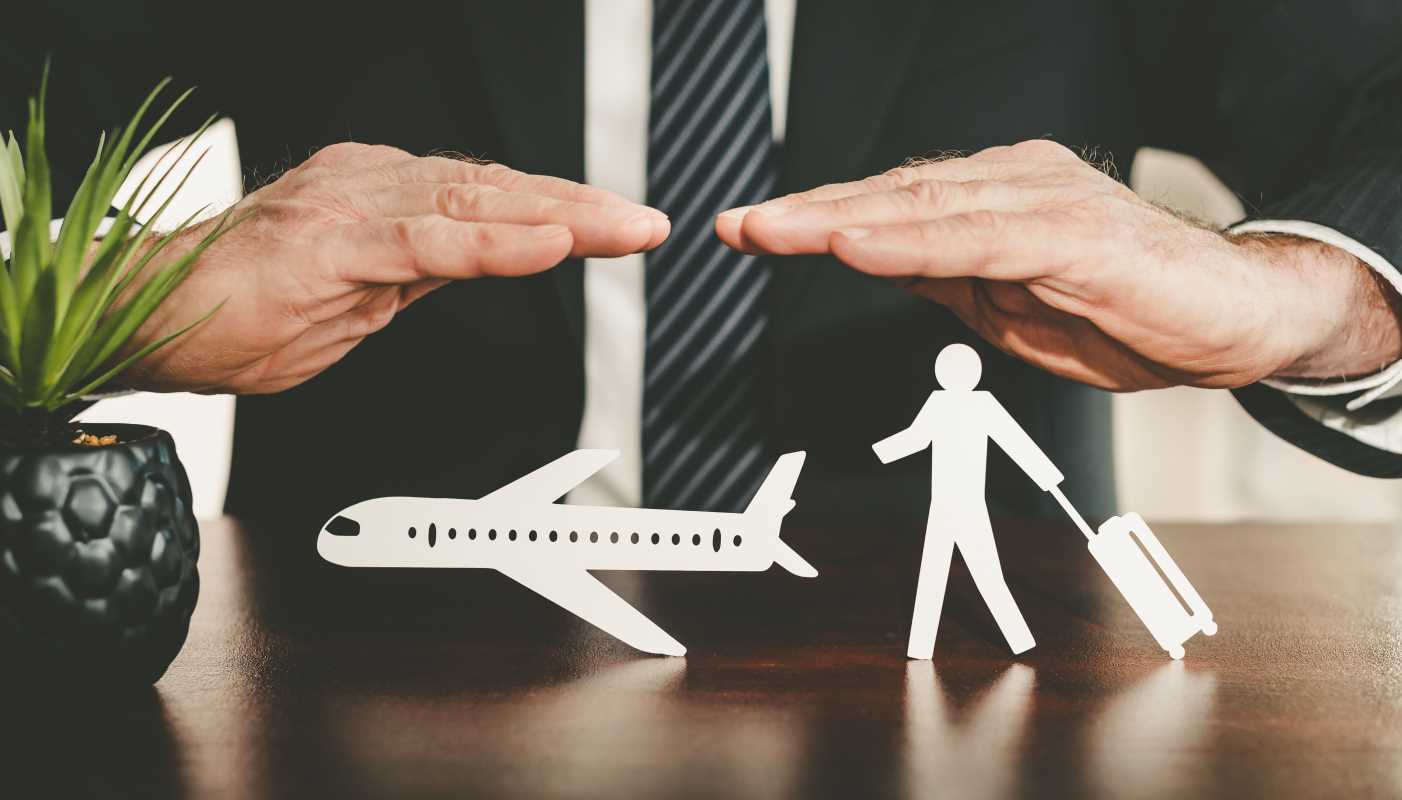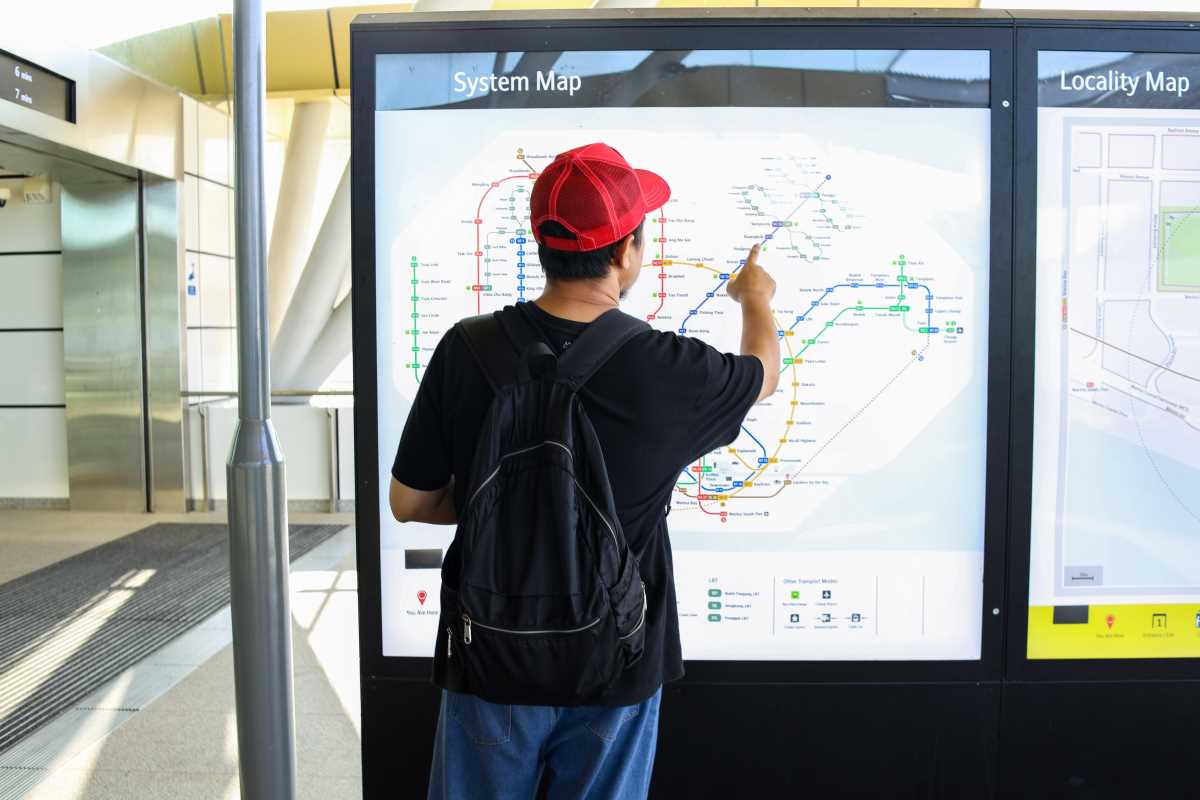Air travel is an integral part of the modern world, allowing people to connect with loved ones, explore new destinations, and conduct business internationally. As we look towards the future, air travel is set to undergo significant transformations driven by technological advancements, sustainability efforts, and evolving passenger expectations. This comprehensive guide explores the key trends shaping the future of air travel and provides actionable insights for travelers.
The Importance of Air Travel in a Globalized World
Air travel has revolutionized the way we live and work, making the world more interconnected than ever before. It serves as a vital link for cultural exchange, economic growth, and international collaboration.
Key Contributions of Air Travel:
- Economic Impact:
- Supports millions of jobs worldwide, from airline staff to tourism industries.
- Generates significant revenue for local and global economies.
- Cultural Exchange:
- Enables people to experience diverse cultures and traditions firsthand.
- Fosters global understanding and collaboration.
- Personal Connections:
- Allows families and friends to stay connected despite geographical distances.
- Facilitates humanitarian aid and disaster response efforts.
New Technology Integration in Air Travel
The future of air travel is closely tied to the integration of innovative technologies designed to enhance efficiency, security, and passenger experience. As airports and airlines adopt cutting-edge advancements, travelers can expect faster processes, better connectivity, and a more personalized journey. Below, we delve deeper into the key technological developments reshaping the aviation industry.
Biometric Screening: A Seamless Identity Verification Process
Biometric screening is revolutionizing airport security and check-in processes, offering faster and more secure identity verification. This technology utilizes unique physical characteristics, such as facial features or fingerprints, to streamline passenger identification.
- Applications of Biometric Technology:
- Facial Recognition:
- Used at boarding gates to confirm passenger identity within seconds.
- Example: Delta Air Lines has introduced biometric boarding at select airports, reducing boarding time significantly.
- Fingerprint Scanning:
- Commonly used for customs clearance in many international airports.
- Provides a secure, contactless alternative to traditional passport stamping.
- Facial Recognition:
- Benefits for Travelers:
- Speed:
- Eliminates the need for manual document checks, reducing queues.
- Accuracy:
- Minimizes errors and enhances security through precise identification.
- Convenience:
- Allows for a smoother travel experience with fewer interruptions.
- Speed:
AI-Powered Customer Service: Real-Time Assistance for Travelers
Artificial intelligence (AI) is transforming customer service in the airline industry by offering real-time support and personalized experiences. AI-powered chatbots and virtual assistants are increasingly used to handle routine inquiries and flight management tasks.
- Examples of AI Applications:
- Chatbots:
- Platforms like KLM’s BlueBot assist passengers with booking flights, answering FAQs, and providing travel updates.
- Virtual Assistants:
- Integrated into airline apps to notify passengers of gate changes, delays, and baggage claim information.
- Chatbots:
- Key Benefits:
- Reduced Wait Times:
- Automates responses to common queries, freeing up human staff for complex issues.
- 24/7 Availability:
- Ensures assistance is available around the clock, regardless of time zones.
- Personalized Recommendations:
- Uses passenger data to suggest upgrades, dining options, or travel itineraries.
- Reduced Wait Times:
Enhanced Connectivity: Staying Connected in the Air
In an era where staying connected is essential, advancements in inflight connectivity and entertainment systems are redefining the passenger experience. Airlines are prioritizing robust Wi-Fi and modernized entertainment to cater to the needs of tech-savvy travelers.
- Onboard Wi-Fi:
- Increasingly offered on both domestic and international flights.
- Enables passengers to:
- Work remotely by accessing emails and virtual meetings.
- Stay in touch with family and friends through messaging apps.
- Stream movies or music seamlessly during the flight.
- Advanced Inflight Entertainment Systems:
- Features include:
- High-definition touchscreens with an extensive library of movies, TV shows, and games.
- Personalized content recommendations based on passenger preferences.
- Multi-device connectivity allowing passengers to sync their devices with the entertainment system.
- Features include:
- Benefits of Enhanced Connectivity:
- Productivity:
- Business travelers can remain productive during flights.
- Entertainment:
- Offers a richer inflight experience with diverse content options.
- Convenience:
- Allows passengers to manage travel itineraries and receive real-time updates.
- Productivity:
Challenges and Future Potential
While these technologies offer immense benefits, they also come with challenges that need to be addressed to maximize their potential:
- Privacy Concerns:
- Biometric data storage raises questions about data security and misuse.
- Airlines must implement robust cybersecurity measures to protect passenger information.
- Accessibility:
- High-speed onboard Wi-Fi is not yet available on all flights, particularly on budget carriers.
- Efforts are underway to make connectivity more accessible across all airline tiers.
- Implementation Costs:
- Integrating advanced technologies involves significant investments in infrastructure and training.
- Collaboration between airlines, technology providers, and regulatory bodies is essential to make these solutions cost-effective.
Looking Ahead
Integrating biometric screening, AI-powered customer service, and enhanced connectivity signals a promising future for air travel. As these technologies continue to evolve, they will improve operational efficiency and elevate the overall passenger experience. Travelers should embrace these innovations, which aim to make journeys faster, safer, and more enjoyable. By staying informed about these advancements, passengers can take full advantage of their opportunities.
Sustainable Initiatives and Eco-Friendly Practices
Fuel-Efficient Aircraft:
- Airlines are investing in next-generation aircraft, such as the Boeing 787 Dreamliner and Airbus A350, designed to reduce fuel consumption and emissions.
Alternative Energy Sources:
- The exploration of sustainable aviation fuels (SAFs), such as biofuels, is gaining momentum.
- Electric and hybrid-electric planes are under development, promising zero-emission travel in the future.
Waste Reduction Programs:
- Airlines are minimizing single-use plastics and encouraging recycling onboard.
- Example: Replacing plastic cutlery with biodegradable alternatives.
How Travelers Can Contribute:
- Choose airlines with strong sustainability policies.
- Opt for carbon offset programs when booking flights.
Health and Safety Protocols
Enhanced Sanitation Measures:
- Aircraft cabins are equipped with HEPA filters to ensure clean air circulation.
- Regular disinfection of high-touch surfaces is now standard practice.
Touchless Technology:
- Contactless check-ins, baggage drops, and boarding processes minimize physical interaction.
Traveler Tips:
- Stay updated on health guidelines issued by airlines and authorities.
- Pack essentials such as masks, hand sanitizers, and disinfectant wipes.
Personalized Travel Experiences
Customizable Services:
- Airlines are offering tailored packages, such as meal preferences, seat selection, and priority boarding.
Premium Offerings:
- Expanded lounge access with luxury amenities like spa services and gourmet dining.
- Inflight services including lie-flat seats and personalized entertainment options.
Technological Enhancements:
- Mobile apps allow passengers to adjust their travel preferences on the go.
Digital Transformation and Contactless Services
Self-Service Kiosks:
- Widely available at airports for check-in and baggage tagging.
- Reduces congestion at counters and speeds up the boarding process.
Mobile Integration:
- Digital boarding passes and real-time flight updates via smartphone apps.
- Integration with smartwatches for added convenience.
Benefits of Digital Transformation:
- Reduces paper waste and promotes eco-friendly practices.
- Enhances flexibility for last-minute changes or upgrades.
Adapting to Regulatory Changes
Security Procedures:
- Stricter screening measures to address evolving threats.
- Use of AI-driven surveillance to enhance airport security.
Entry Requirements:
- Visa and health certification requirements may vary by destination.
- Importance of staying informed about entry restrictions and vaccination mandates.
Fare Regulation:
- Potential changes in airfare pricing due to fuel costs, sustainability initiatives, and geopolitical factors.
Emerging Trends in Air Travel
1. The Rise of Supersonic Travel:
- Companies like Boom Supersonic are developing aircraft capable of reducing flight times by half.
- Expected routes include transatlantic flights from New York to London in under four hours.
2. Urban Air Mobility:
- The introduction of electric vertical takeoff and landing (eVTOL) aircraft for short-distance urban commutes.
- Example: Air taxis to and from airports.
3. Virtual Reality (VR) in Travel:
- VR technology offers immersive travel experiences, such as previewing destinations or inflight entertainment.
The future of air travel is poised to be more innovative, sustainable, and personalized than ever before. With advancements in technology, eco-friendly practices, and evolving regulations, both airlines and passengers have a role to play in shaping this transformation. By embracing these changes and staying informed, travelers can look forward to a seamless and enriched journey that connects the world in new and exciting ways.
 (Image via
(Image via





